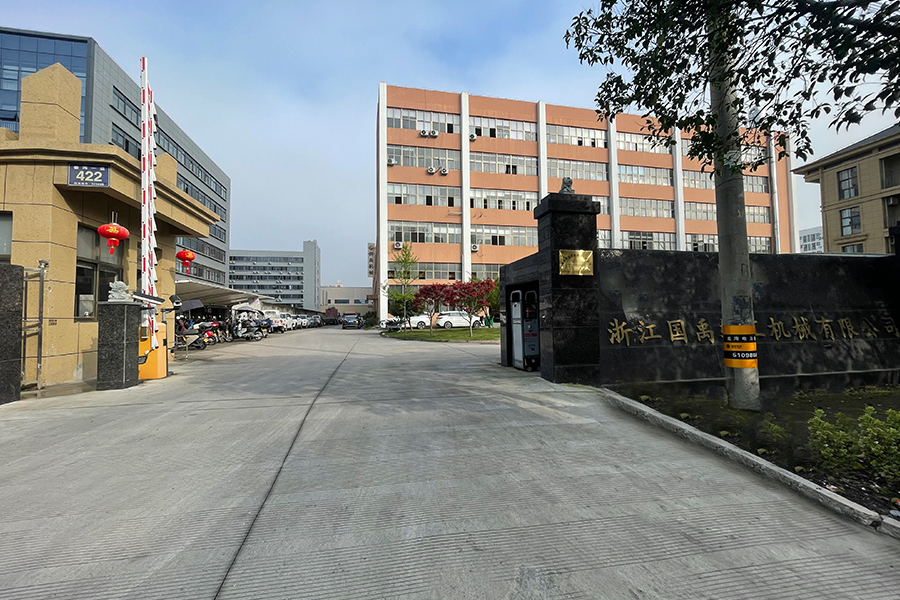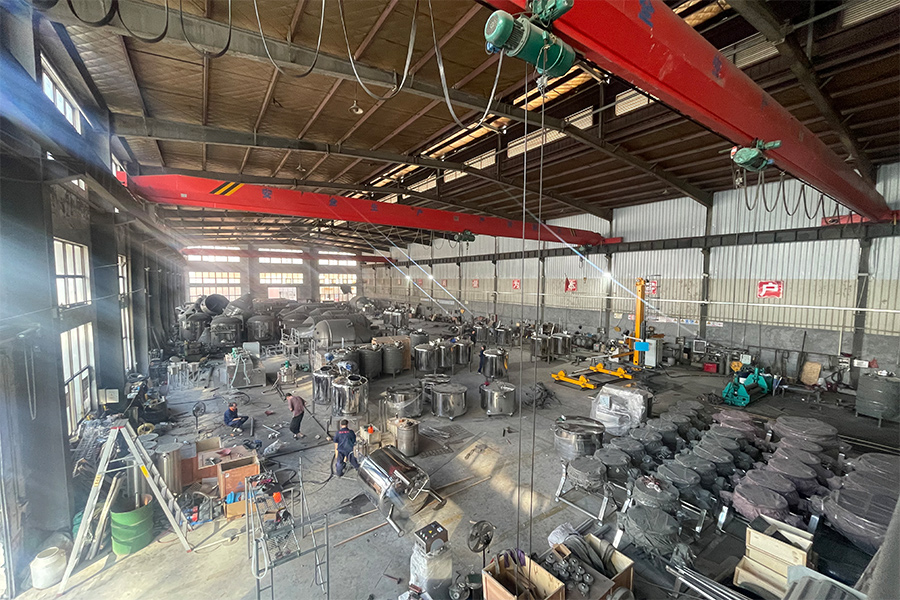-
 [email protected]
[email protected]
-
 +86-13706666922
+86-13706666922

A food milk dairy mixing tank is an essential piece of equipment in the dairy industry, designed specifically to handle the mixing, blending, and storage of milk and dairy products. These tanks facilitate uniform mixing of ingredients while maintaining hygiene and temperature control, ensuring product quality and safety. They are commonly used in dairy processing plants, food production facilities, and other environments where milk-based products are manufactured.
Food milk dairy mixing tanks are usually constructed from stainless steel due to its non-reactive, corrosion-resistant, and sanitary properties. Stainless steel surfaces prevent contamination and are easy to clean, which is crucial for maintaining the high standards required in food and dairy production.
The tanks come in various sizes, from small batch-processing units to large-capacity vessels that can handle thousands of liters. Their shape is typically cylindrical with a conical or flat bottom, designed to facilitate thorough mixing and complete drainage.
The mixing mechanism is a central feature of these tanks. It generally consists of an agitator or mixer mounted inside the tank and powered by an electric motor. The agitator may include paddles, propellers, or turbines that move the milk and other ingredients in a controlled manner. This continuous stirring prevents sedimentation, ensures consistent texture, and promotes uniform distribution of additives such as vitamins, stabilizers, or flavorings.
Scrapers are installed on the agitator to gently clean the inner walls of the tank while mixing. This helps maintain even temperature distribution and prevents buildup of milk solids on the surfaces.
Maintaining the appropriate temperature is vital in dairy processing to preserve the freshness and prevent spoilage of milk and dairy products. Many food milk dairy mixing tanks are equipped with a jacketed design. This means they have a double wall through which hot or cold water, steam, or glycol can circulate to heat or cool the contents inside the tank.
Temperature sensors and automated control systems are often integrated to monitor and adjust the temperature in real time. This ensures that processes such as pasteurization, fermentation, or cooling occur under good conditions.
Food milk dairy mixing tanks serve various purposes across the dairy industry:
Milk Blending: Combining milk from different sources to achieve a consistent fat content or quality.
Ingredient Mixing: Adding vitamins, minerals, stabilizers, or flavors to milk and dairy products.
Yogurt and Cheese Production: Mixing starter cultures and other additives uniformly into milk during fermentation.
Cream and Butter Processing: Ensuring homogenous mixing of cream and other ingredients before further processing.
Storage: Holding dairy products at controlled temperatures before packaging or further treatment.
Given the sensitivity of dairy products to contamination, hygiene is a key concern. Food milk dairy mixing tanks are designed for easy cleaning, often featuring sanitary fittings, smooth welds, and clean-in-place (CIP) systems.
Seals and gaskets used in the tank are typically made from food-grade materials that resist microbial growth and can withstand cleaning chemicals.
These tanks must comply with food safety regulations and standards, including those related to materials, design, and manufacturing processes. Safety features may include pressure relief valves, temperature alarms, and emergency shutoff systems to prevent accidents and product loss.
Operators are usually trained to handle these tanks properly, following strict protocols for cleaning, maintenance, and operation to ensure product quality and safety.
Food milk dairy mixing tanks play a crucial role in the dairy processing industry by enabling efficient mixing, temperature control, and hygienic handling of milk and related products.







